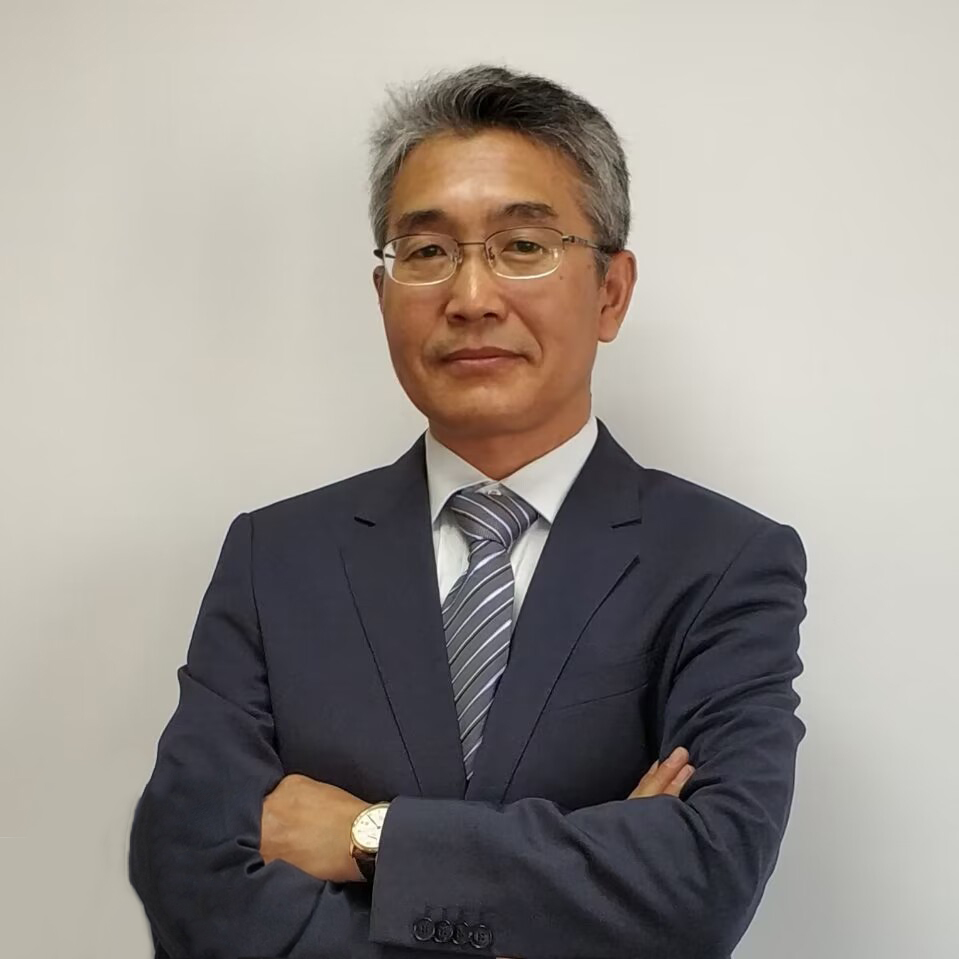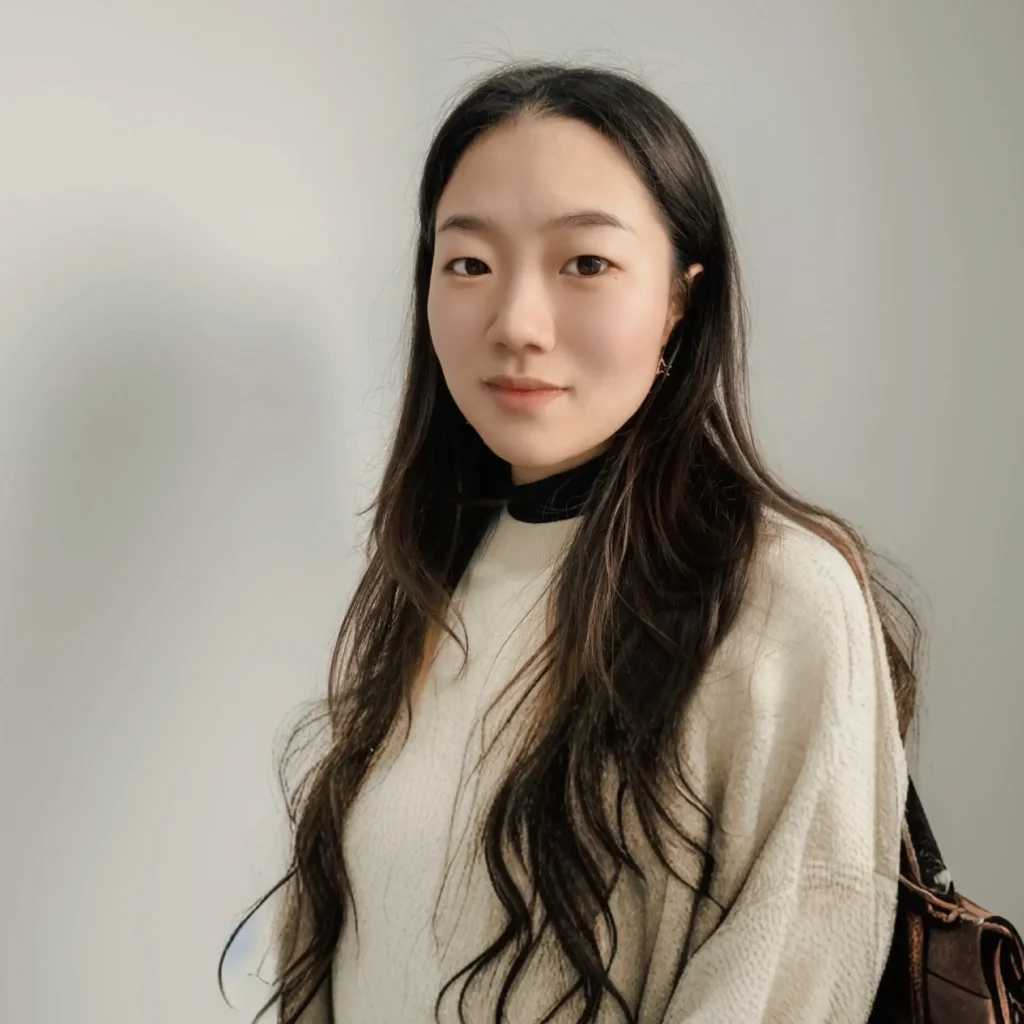Fast to Slow: The Mystery of Chinese Patent Applications
Whether it’s a client advising on Chinese patent applications or an filing company advising on IP, a common complaint heard is “too slow.”
Therefore, in order to comply with public opinion, CNIPA has successively launched the “priority examination system” and the “patent pre-examination system”.
In particular, the introduction of the patent pre-examination system has been well received by many applicants.
Patent rights are the monopoly rights granted by China over inventions and creations. The examination process after invention patents includes two stages: preliminary examination and substantive examination. Utility model patents and designs also need to undergo preliminary examination.
In fact, China has three censorship systems: fast, medium and slow, but the slow delayed censorship system is something that most people have never used.
1. Chinese Patent Applications: Rapid review System
As mentioned earlier, the expedited procedures include the “priority examination system” and the “patent pre-examination system”.
Priority examination system: After the Chinese patent application enters the substantive examination process, the applicant submits a priority examination request. After review by the provincial intellectual property management authorities and the national intellectual property rights, priority examination will begin for eligible invention patent applications. Priority review cases are usually concluded in about 12 months. This kind of policy can provide timely legal protection to patent applicants who have discovered infringement. This procedure can be regarded as a relatively fast review procedure.
Patent pre-examination system: Before submitting a Chinese patent application, the applicant must submit a pre-examination request to the local intellectual property department. During the pre-examination, the applicant must modify the Chinese patent application according to the pre-examination requirements. After passing the pre-examination, the applicant can submit a formal Chinese patent application to the State Intellectual Property Office. It is said that patent pre-examination can detect and solve problems in advance, thus improving the quality of Chinese patent applications and the speed of granting. After patent pre-examination, invention patents can be finalized in 3-6 months, and utility model patents and design patents take even less time. I have seen utility model patents authorized the day after application. This procedure is certainly the fastest review procedure.
Therefore, it can be considered that the patent pre-examination system is the fastest way, followed by the priority examination system.
2. Chinese Patent Applications: Slow review system
In fact, there are many types of slow review systems.
(1) Do not select “Public in advance”
There is a column option in China’s invention patent application request form which is “request for early disclosure”. If you do not select this option in the request when submitting an invention patent application, the patent application documents will be made public 18 months after the filing date. Of course, only after the invention patent is made public will the invention patent enter the substantive examination process. This provision not only buys the applicant one and a half years to keep the invented technology confidential, which is beneficial to the market competition of the patent applicant, but also buys the applicant one and a half years of delayed examination time.
(2) Delaying the effectiveness of substantive examination
China’s Patent Law stipulates that a request for substantive examination of an invention patent can be submitted no later than three years after the filing date, and the substantive examination process will only be entered after the request for substantive examination becomes effective. However, many applicants may not be aware of this provision. Substantive examination can be filed at any time within three years from the filing date, which actually gives the applicant the option to control the examination time.
(3) Delay in review
The “Patent Examination Guidelines” (2023) have included delayed examination in the modification content.
Delayed examination of Chinese invention patents is made at the same time as the applicant submits a request for substantive examination. The delay period can be 1 year, 2 years or 3 years, and takes effect from the date of the request for substantive examination.
If delayed examination is combined with a request for substantive examination at the latest, invention patents can obtain a delayed examination period of up to 6 years. Utility model patents and design patents can also submit a request for delayed examination at the same time as the application.
In fact, delayed review is an internationally accepted system, and many countries, especially developed countries, have this system. For example, the Hague international treaty on the protection of industrial designs that China joined last year clearly requires that member states must allow designers to request a delay in disclosing their designs.
Delayed examination will have more benefits for market competition. The article “Guidelines for Delayed Examination of Invention Patent Applications” published on the website of the State Intellectual Property Office states that the benefits of delayed examination are:
(1) Through claims that are pending in invention patent applications and have multiple possible modifications, it interferes with competitors’ technology research and development in related fields and increases their economic and time costs of entering the market. You can even incorporate infringing technical solutions into the claims through legal amendments to the claims when responding to the review opinions.
(2) During the formulation process of international standards, national standards, industry standards, etc., there are opportunities to adaptively modify the protection scope of claims and benchmark them with relevant standards.
(3) Have the opportunity to enjoy the convenience of the latest review policies, such as supplementary experimental data, storage media in the computer field, protection of program products, etc.
(4) Consider whether to continue the patent review process based on the product life cycle, changes in market conditions, etc. (If you do not continue the review process, there is no need to authorize and pay annual fees. Today, when patent application and maintenance costs are very low, it is often There is no need to consider this advantage).
(5) Better coordinate the timing of patent rights with the market-oriented operation of patents.
3. Medium speed system
In fact, there is no concept of “medium-speed system”. Many patent applicants in China are eager for patent authorization. When applying for a patent, most of them choose to disclose it in advance and submit a request for substantive examination and fees at the same time. After about three or four months of preliminary examination, the invention patent is disclosed and filed. Conduct substantive examination procedures. Patent applications that do not enjoy the benefits of slowness can be referred to in this article as “medium” speed examination.
The above three programs, fast, medium and slow, each have their own characteristics and advantages. It is possible to get a patent certificate as soon as possible under the fast system, but sometimes it may only be a certificate. Moreover, the patent pre-examination system will sacrifice the opportunity to seize the application date. If two people complete the invention and creation at the same time and complete the writing of patent application documents on the same day, and do not request to expedite the pre-examination, they can get the application date on the same day and request the expedited pre-examination. If you need to go through pre-examination before submitting a patent application, the filing date will naturally lag behind. Even if the patent authorization is obtained in advance, it may be invalidated by the patent with an earlier filing date. Making good use of the slow system may be more beneficial to applicants. Therefore, patent applicants should make a choice based on their actual situation.
Original Chinese text: https://mp.weixin.qq.com/s/RuiHse5gkdow2PaXHubRxw
Contact us:https://bulu-ip.com/en/contact/

Mingyue Zhang
Partner / Patent attorney / Patent litigation attorney / China intellectual property rights protection assistance expert

Lucy ZH
Partner / Patent attorney / Patent litigation attorney

Shanghai Bulu Intellectual Property Agency LLP
Tel:+86 (0)21 5833 8320
Mail:tisc@joinhua.com
Add:No.199 JinXiang Rd. Pudong, Shanghai, China
© 2025 Shanghai bulu Intellectual Property Firm. Created with ❤ using WordPress and Kubio

